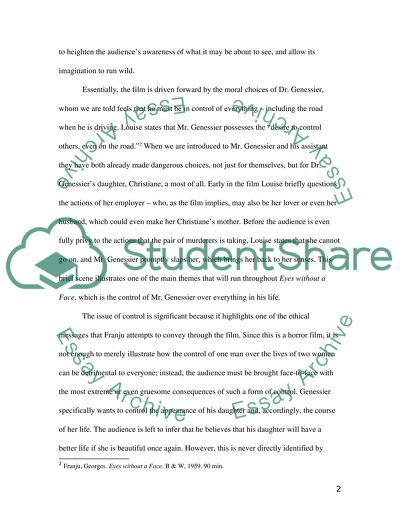Cite this document
(“Horror Film Movie Review Example | Topics and Well Written Essays - 1750 words”, n.d.)
Retrieved from https://studentshare.org/miscellaneous/1522310-horror-film
Retrieved from https://studentshare.org/miscellaneous/1522310-horror-film
(Horror Film Movie Review Example | Topics and Well Written Essays - 1750 Words)
https://studentshare.org/miscellaneous/1522310-horror-film.
https://studentshare.org/miscellaneous/1522310-horror-film.
“Horror Film Movie Review Example | Topics and Well Written Essays - 1750 Words”, n.d. https://studentshare.org/miscellaneous/1522310-horror-film.


